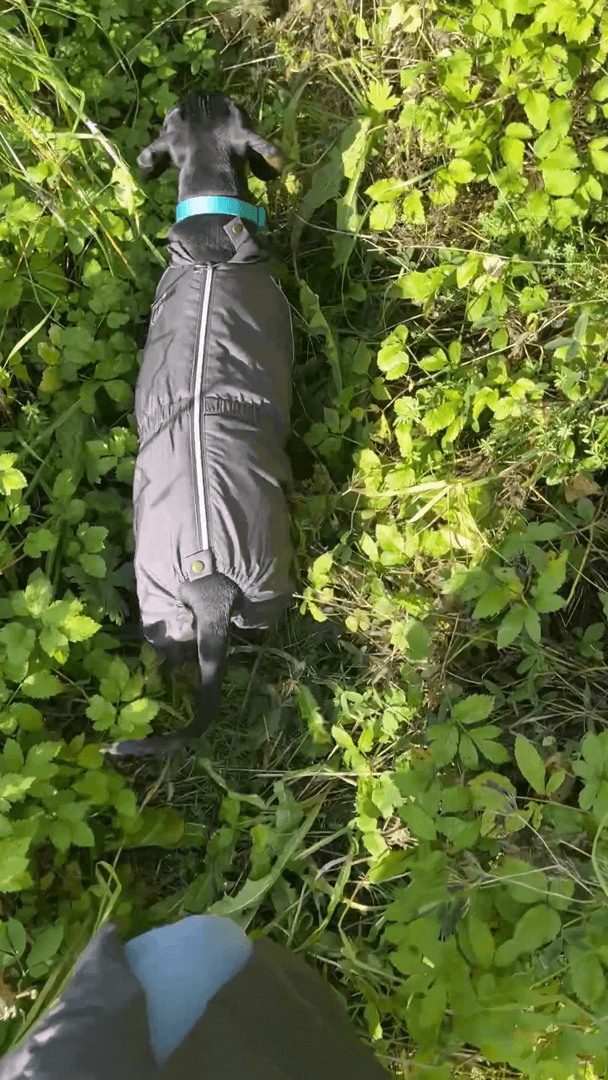
Best Falconry Telemetry Systems: GPS & Radio Tracking for Falcons. Falconry is a centuries-old tradition that demands precision, patience, and a deep bond between falconer and bird. But even the most
Post: 21 September 08:03

Post: 21 September 08:03

Post: 27 August 15:11

Post: 2 November 14:17

Post: 30 July 10:50

Post: 22 August 14:32

Post: 24 July 20:47

Post: 27 August 13:47

Post: 27 August 13:24

Post: 22 August 13:32

Post: 27 March 11:31

Post: 16 October 20:47

Post: 29 July 19:12

Post: 30 September 15:12

Post: 19 October 14:43

Post: 20 May 10:51

Post: 28 November 15:05

Post: 7 August 10:45

Post: 3 January 11:06

Post: 7 August 09:04

Post: 6 August 06:30

Post: 30 July 10:54

Post: 28 June 22:00

Post: 26 March 21:29

Post: 5 January 13:30

Post: 29 November 18:15

Post: 29 August 21:47

Post: 19 March 12:16

Post: 4 September 09:26

Post: 23 September 18:43

Post: 3 December 23:40

Post: 14 July 18:25

Post: 6 August 20:20

Post: 25 February 10:06

Post: 22 March 10:23

Post: 15 March 01:45

Post: 28 August 10:42

Post: 28 August 10:48

Post: 27 August 13:20

Post: 27 August 13:01

Post: 25 July 19:57

Post: 26 August 14:49

Post: 23 July 08:10

Post: 14 October 09:33

Post: 2 August 21:34

Post: 5 September 07:40

Post: 5 September 07:01

Post: 4 September 11:37

Post: 4 September 07:58

Post: 4 September 07:45

Post: 28 August 13:01